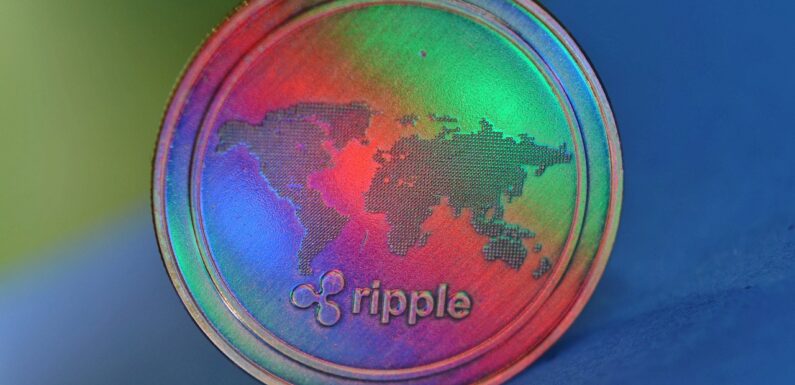
Ripple Labs has extended its Liquidity Hub platform to two more countries, Brazil and Australia. The company announced on Thursday 14 September that the move was aimed at bringing a “streamlined” way of buying, selling, and holding crypto assets in the two countries.
Through Liquidity Hub, businesses can access multiple liquidity pools and advanced trading features that include post-trade settlement through a single API. Before now, the service was available in 35 U.S. states, including California, Pennsylvania, Georgia, Michigan, Arizona and Colorado, but Ripple is extending it to two countries that it has “strong connections” with.
“Ripple has strong connections to these regions from our existing businesses, and have found innovative firms that are looking to adopt crypto to meet their end customer’s payments and liquidity needs,” the company said in an emailed response to questions from The Block. “Liquidity Hub provides them a one-stop solution versus patchwork strategies these firms deploy to tap into crypto liquidity today.”
Ripple has been expanding its reach globally this year as part of its strategy to widen the scope of crypto adoption. The company is known mainly for facilitating cheap and fast cross-border payments, but this isn’t all that it is known for.
Liquidity Hub is one of the company’s many inventions that are helping to drive crypto innovation across the world. By bringing this streamlined buying and selling of crypto as well as holding it, many people will be encouraged to invest in cryptocurrencies.
New Features
Liquidity Hub was created to cater to the increasing need for liquidity to Ripple’s payments customers. The company needed a way to provide liquidity on demand, and sometimes this requires platforms like those being launched in Brazil and Australia.
Ripple has been improving on Liquidity Hub to offer better services with higher efficiency to its customers worldwide. Since its launch, the company has seen more customers come on board than they did before the service was launched, and so continues to add new features to better serve the teeming customers.
While the service has only supported USDT and USDC stablecoins since its launch, Ripple intends to add more supported assets in compliance with regulators in order to meet the demands of its enterprise customers.
New features such as additional trading UI features and improved SLAs for crypto deposit processing have been added and are expected to “greatly improve the customer experience for a variety of customer segments including NFT marketplaces, crypto ATMs, and brokers.”
Enhancing On-Ramp Off-Ramp
An important part of crypto liquidity is an easy interface for moving value between crypto and fiat. This is made possible through easy on- and off-ramps such as crypto exchanges, of which there are over 600 worldwide currently.
However, not many of these are enterprise-grade off-ramps, thus presenting a major challenge to crypto liquidity.
“Everyone from major money transfer companies and card networks to global crypto exchanges is taking advantage of tokenization to address this first hurdle,” Ripple said.
“Similarly, Ripple has spent years creating a robust global network of on- and off-ramps via Ripple Payments. Today, we have payout capabilities in 70 countries, representing more than 90% of the daily FX market,” it added.
Going forward, Liquidity Hub hopes to harness the power of Ripple’s global network to combine the power of crypto liquidity and access to global markets.



